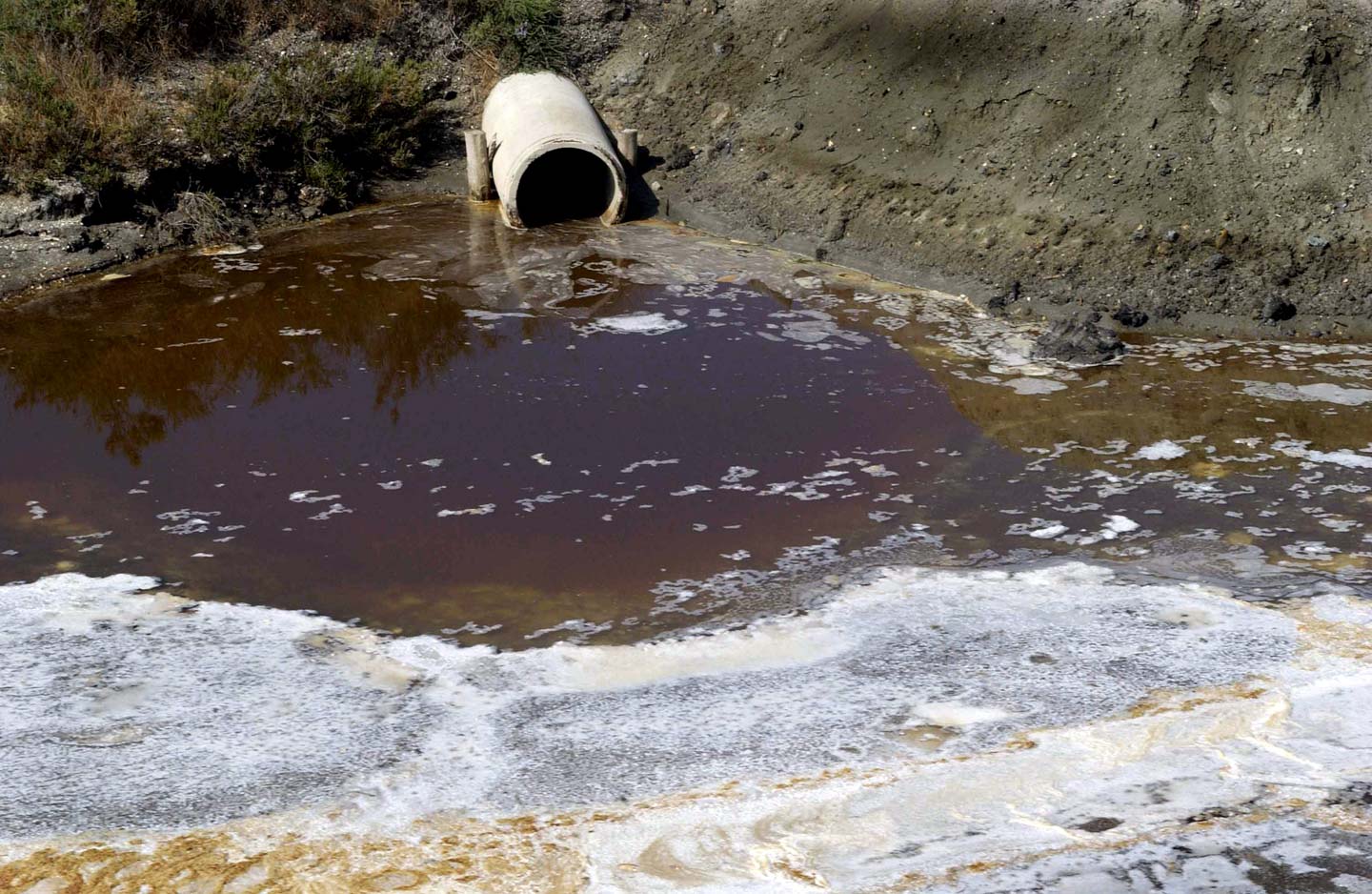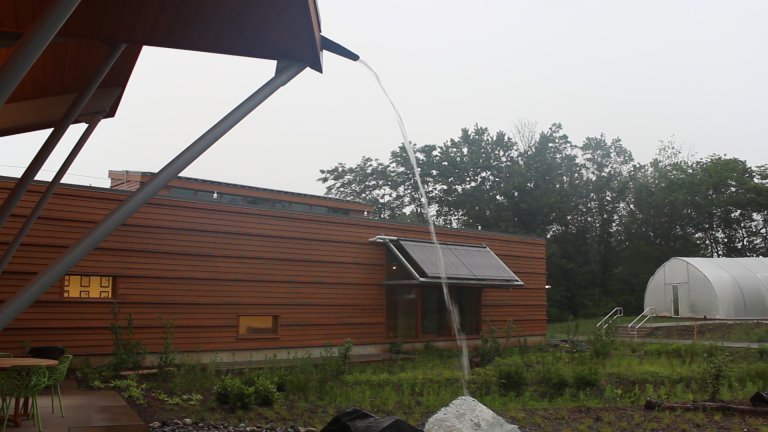 Wastewater from toilets, sinks and showers is managed through two basic means. Regional treatment plants treat wastewater that has been collected in pipes from a town or region and release the treated effluent into rivers and streams. Septic systems collect wastewater from single dwellings and businesses into a tank and then release the fluid through a layer of porous material into the ground.
Wastewater from toilets, sinks and showers is managed through two basic means. Regional treatment plants treat wastewater that has been collected in pipes from a town or region and release the treated effluent into rivers and streams. Septic systems collect wastewater from single dwellings and businesses into a tank and then release the fluid through a layer of porous material into the ground.
Wastewater treatment plants work at different scales and provide varying levels of treatment. Plants in the Stony Brook-Millstone Watershed have recently been required to reduce the pollutants in their effluent as part of a regional plan to clean up nutrient pollution in the Raritan River Basin. Septic systems are more typical in rural areas and their effectiveness depends largely on the kind of soils found in an area, the volume of wastewater, and the density of development in the area treated with septic systems. Several towns in central New Jersey have modified their zoning to reduce the allowable building density in order to protect water quality.
 The Watershed has employed an alternative system to treat wastewater generated at the Watershed Center and other buildings on our site. Instead of pumping our wastewater to a regional treatment plant or using a standard septic system that is prone to failure in our area, we’ve built a system of artificial wetlands to treat our wastewater that deploys the cleansing power of plants and microbes living in the wetland plants’ root zone and soil matrix.
The Watershed has employed an alternative system to treat wastewater generated at the Watershed Center and other buildings on our site. Instead of pumping our wastewater to a regional treatment plant or using a standard septic system that is prone to failure in our area, we’ve built a system of artificial wetlands to treat our wastewater that deploys the cleansing power of plants and microbes living in the wetland plants’ root zone and soil matrix.
At an Earth Day press conference at the Watershed Reserve in 2007, then-NJDEP Commissioner Lisa Jackson announced new regulations governing wastewater management in the state. The regulation prohibited the extension of new sewer lines into environmentally sensitive areas to protect such areas from dense development and reduced the density of new developments allowed in areas treated with septic systems. Unfortunately, full implementation of those regulations has been delayed repeatedly by the New Jersey legislature and NJ Department of Environmental Protection.


